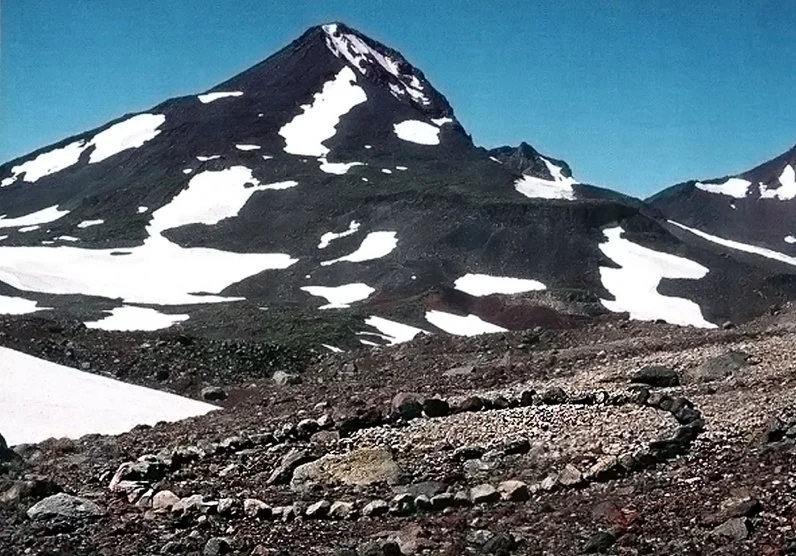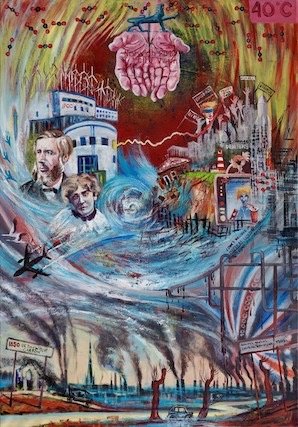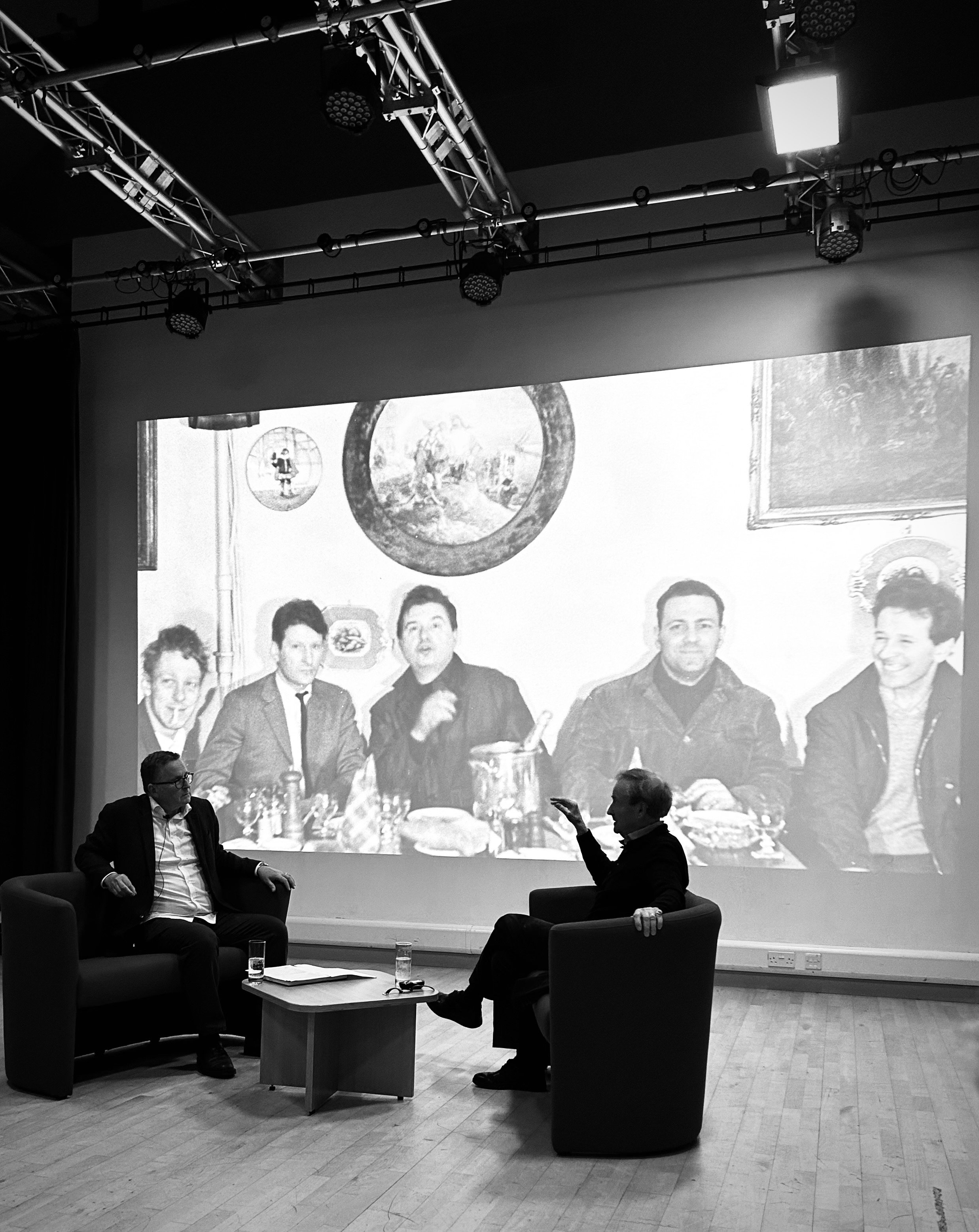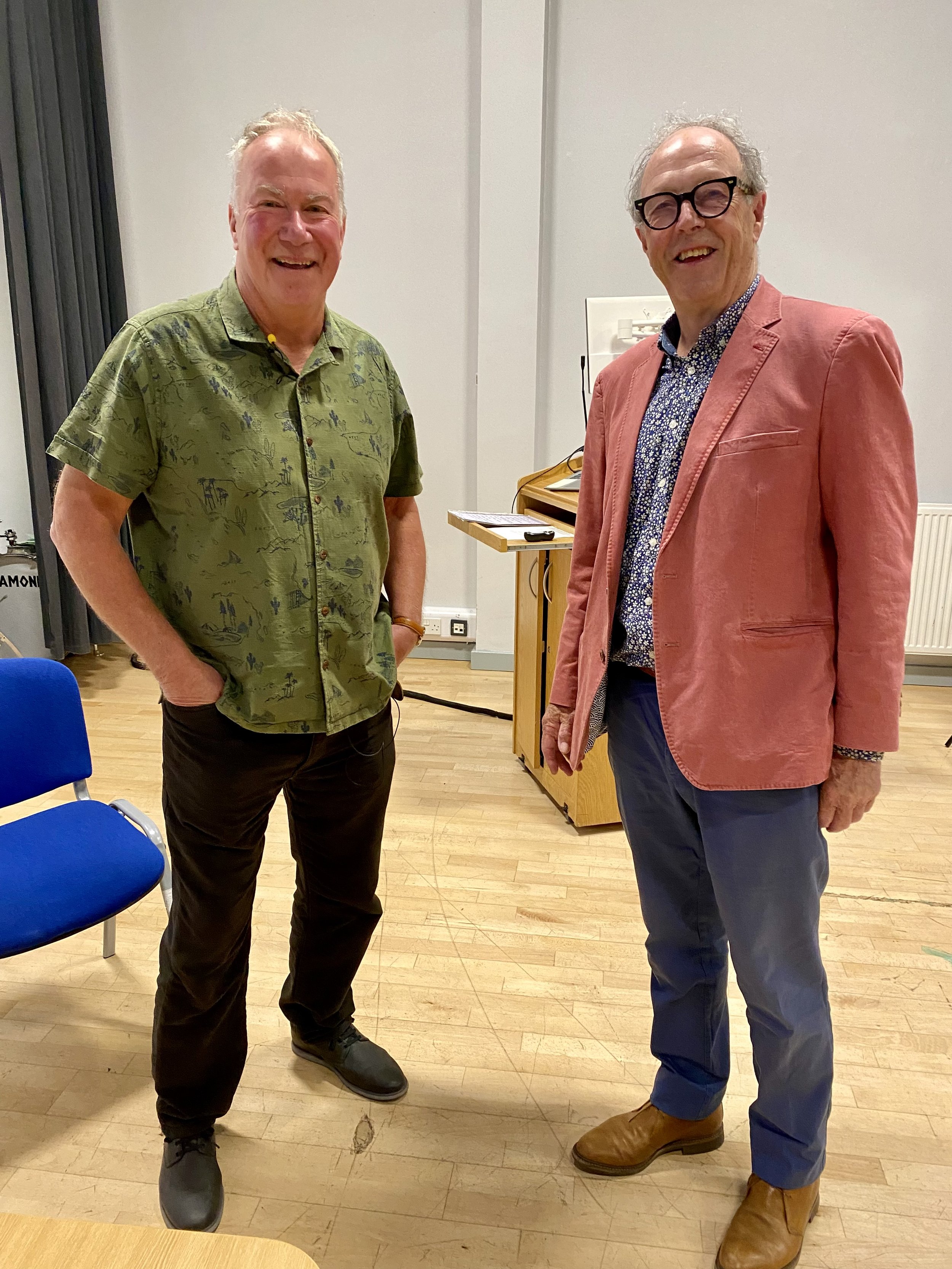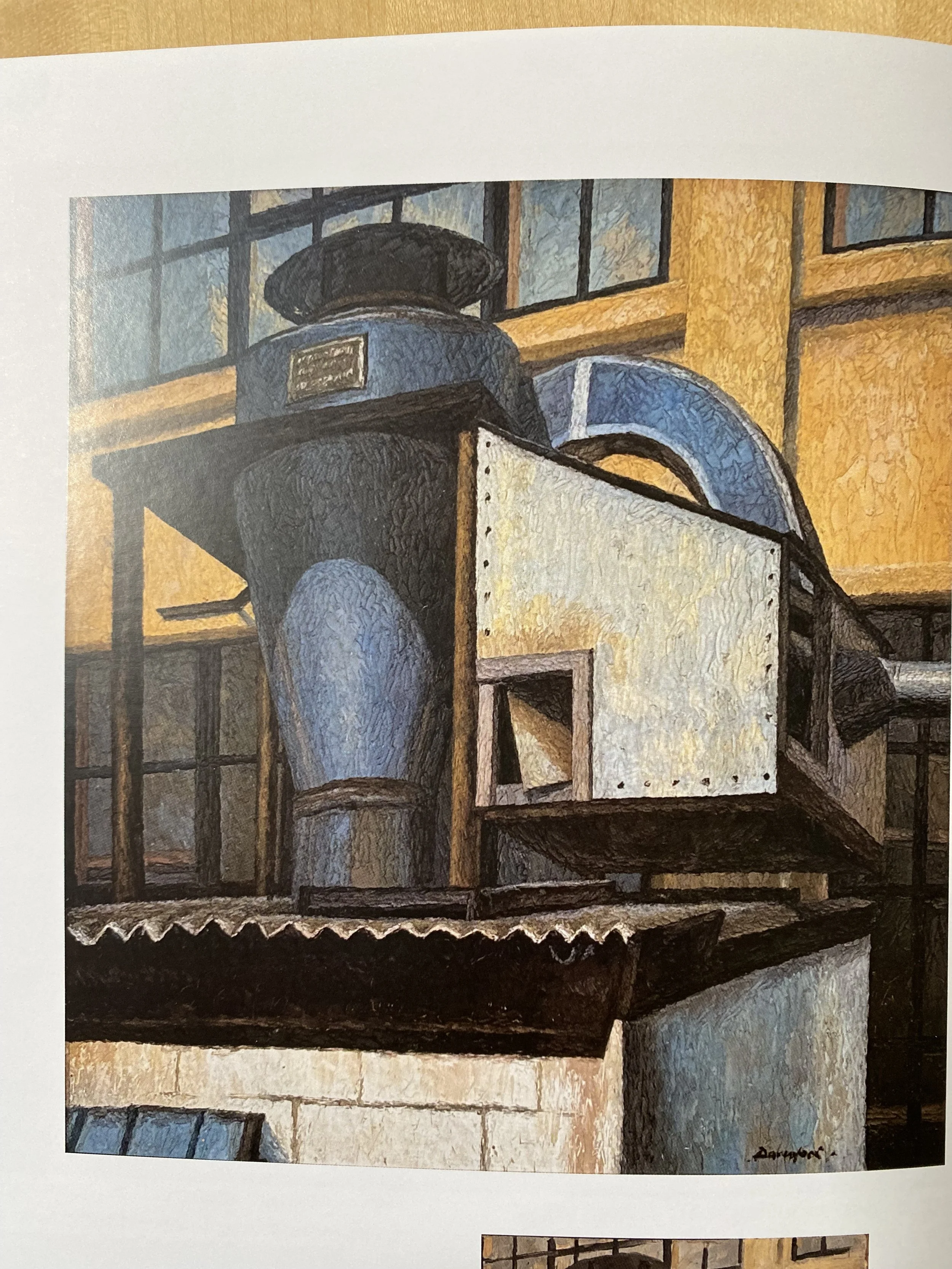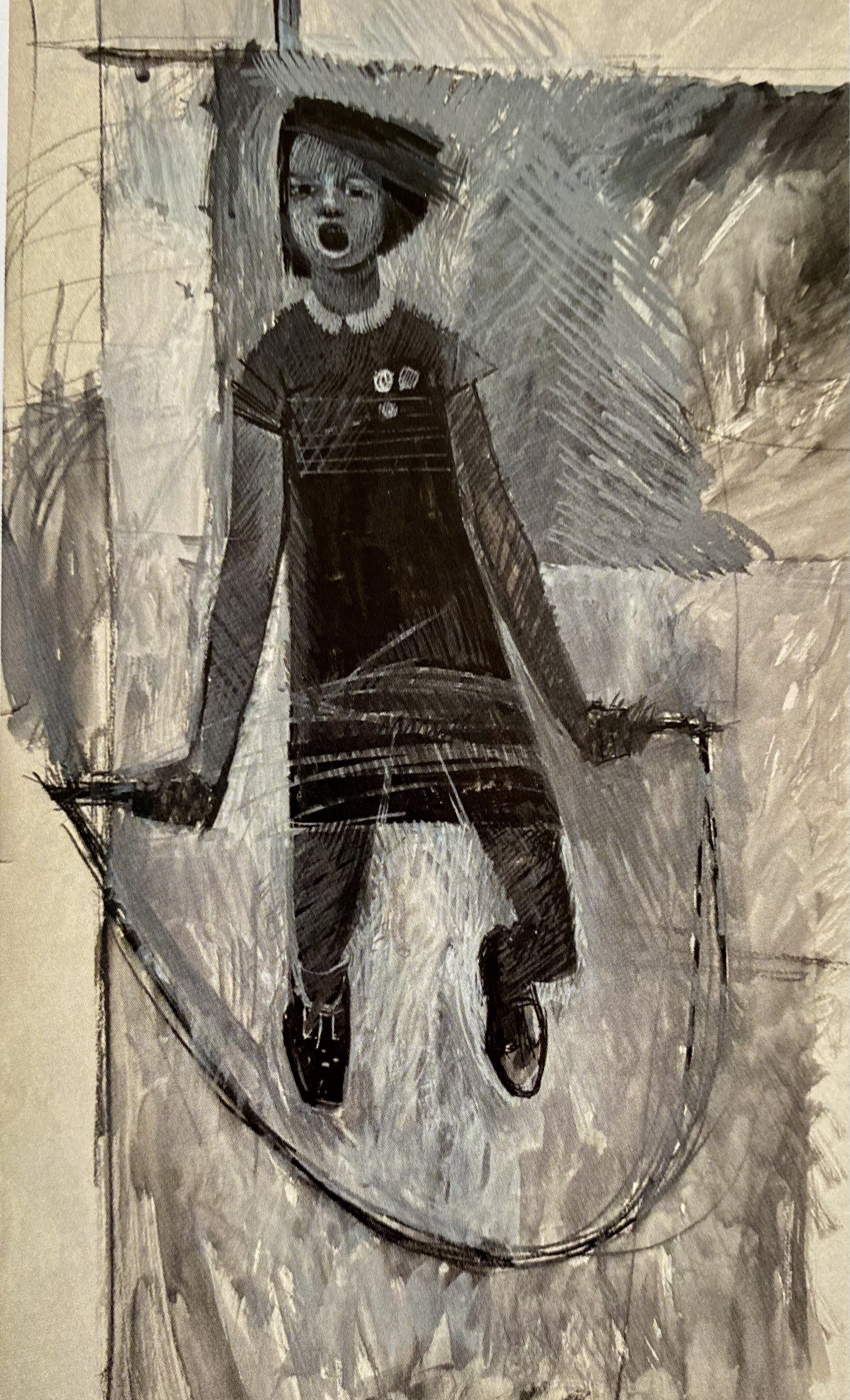Event date: 4 April 2025
Review by Janey Bevington
Hannah Higham at Norwich School Blake Studio
The Royal Academy of Arts (RA) surely must be one of the UK’s most iconic and well- loved institutions, but how much do we know of its history and its role today?
ncas members were treated to a fascinating overview and a deeper dive by Dr Hannah Higham, Senior Curator at the RA.
The RA was founded in 1768, with a petition to the King signed by 36 artists and architects seeking permission to "establish a society for promoting the Arts of Design". They were the original Royal Academicians. What’s more, they also proposed an annual exhibition (now known as the Summer Exhibition) and crucially, a School of Design. It is this aspect which sets the RA apart from other museums and galleries. As an Academy fostering contemporary fine art at their elite RA Schools, the RA not just promotes the appreciation and understanding of art, but also its practice.
The first RA President was Sir Joshua Reynolds; amongst other founding members were Mary Moser and Angelica Kauffman who flew the flag for women in 1768. Other past Presidents, notably architect Sir Edwin Lutyens and painter Sir Alfred Munnings, courted controversy with their public dislike of ‘modern art’.
Hannah explained the, now many, aspects of the Academy, the curatorial staff being only part of the vast number of employees. Others are involved with the international loan exhibitions that were started in the late 19th century. Prior to this, there was only the annual Summer Exhibition. There’s a vast PR staff and those involved with day to day running, plus teachers and students in their RA Schools.
Since she arrived, Hannah has been involved with displaying the teaching collection at the RA. She explained that the Life Drawing Room is one of the most important rooms in the RA and has recently been restored along with the reinstallation of the marble busts used as models by the early Academicians.
It showcases anatomical drawings, engravings by and after Old Masters such as Rubens, Van Dyck, Goya and Tiepolo; plaster casts after the antique and écorché casts from dissected bodies; photographs from Eadweard Muybridge (Horse in Motion) and copies after Old Masters including an 16th-century copy of Leonardo’s Last Supper.
Hannah illustrated her talk with stunning photos of some of this significant collection that includes works dating from the 18th century, ensuring that she picked out contemporary pieces for the discerning ncas audience!
The RA vast collection is free to view and now contains about 935 paintings, 350 sculptures, 700 plaster casts, 25,000 prints and drawings and 5,000 historic photographs. The Collection's central focus is on British art and artists from the 18th century to the present day.
The collection includes paintings by JMW Turner, John Constable, John Everett Millais, John Singer Sargent, Stanley Spencer, David Hockney and Frank Bowling; sculptures by John Flaxman, John Gibson, Eduardo Paolozzi, Elisabeth Frink and Yinka Shonibare; and architectural drawings by John Soane, Edwin Lutyens, Colin St. John Wilson, Zaha Hadid, Richard Rogers and David Adjaye.
ncas would like to thank Hannah for her excellent and beautifully illustrated talk and the Norwich School for hosting at the Blake Studio.
Hannah Higham with ncas Chair Chris Mardell


















